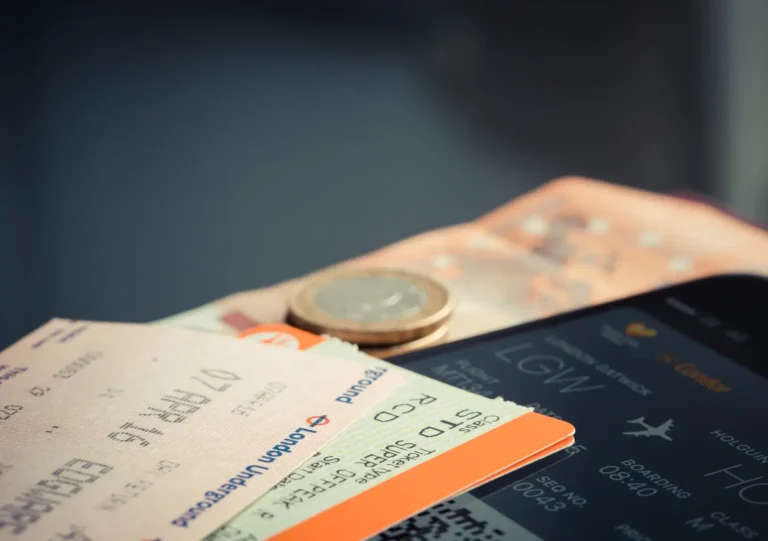Air Brakes Practice Test: Common Mistakes and How to Avoid Them
If you are planning to take the air brakes practice test, you might be feeling nervous or anxious about it. After all, passing this test is a requirement for obtaining your air brake endorsement, which allows you to operate vehicles with air brakes. However, you don’t have to worry too much, as long as you avoid some common mistakes that many test-takers make. In this article, we will discuss some of these mistakes and how you can prevent them from affecting your performance on the air brakes practice test. By following these tips, you will be able to ace your test and get your endorsement in no time.
How to tackle common mistakes in the Air Brakes Practice test?
Some common mistakes in air brakes practice test and how we can avoid them are:
Check the air brake system
Not checking the air brake system parts for leaks, cracks, or damage during the pre-trip inspection. This can lead to brake failure or reduced braking efficiency. To avoid this mistake, we should follow the steps for inspecting the air brake system as outlined in the CDL manual and use a soap solution to detect any air leaks.
Release the parking brake
Not releasing the parking brake before testing the air pressure. This can result in inaccurate readings of the air pressure gauge and the low air pressure warning signal. To avoid this mistake, we should make sure to release the parking brake and apply the service brake before testing the air pressure.
Locking the wheels
Locking the wheels for longer than an instant during hard braking. This can cause skidding, loss of control, or increased stopping distance. To avoid this mistake, we should use controlled braking or stab braking techniques to modulate the brake pressure and prevent wheel lockup.
Using appropriate pressure
Not using the appropriate pressure for the air brake system. This can affect the braking performance and safety of the vehicle. To avoid this mistake, we should maintain the air pressure between 100 and 125 psi for normal operation and never let it drop below 60 psi for single vehicles or 80 psi for combination vehicles.
Passing score for air brakes practice test
The passing score for the air brakes practice test varies by state, but it is generally around 80%. This means you need to answer correctly at least 80 out of 100 questions on the written portion of the test. You can find more information about the test requirements and tips on this website.
Air brake test online or paper only
Air brake test may depend on which state or province you are in, as different jurisdictions may have different requirements and procedures for taking the air brake test. However, it seems that most places require you to take the air brake test in person, either at a testing center or a driving school. You may be able to find some online resources to help you prepare for the test, such as practice tests, handbooks, or videos, but you will likely need to take the actual test on paper or a computer at a designated location. You can check the specific rules and regulations for your state or province by visiting their official websites or contacting their transportation authorities. For example, you can find more information about the Ontario air brake test on this website.
Conclusion
In conclusion, the air brakes practice test is a crucial step for obtaining your air brake endorsement and operating vehicles with air brakes safely and efficiently. However, many test-takers make some common mistakes that can affect their performance and results. By avoiding these mistakes and following the tips we discussed in this article, you will be able to improve your knowledge and skills on the air brake system and pass your test with flying colors. We hope this article was helpful and informative for you and we wish you all the best on your air brakes practice test.
be sure to check out the rest of our Website. You’ll find tons of great information that can help you out!







